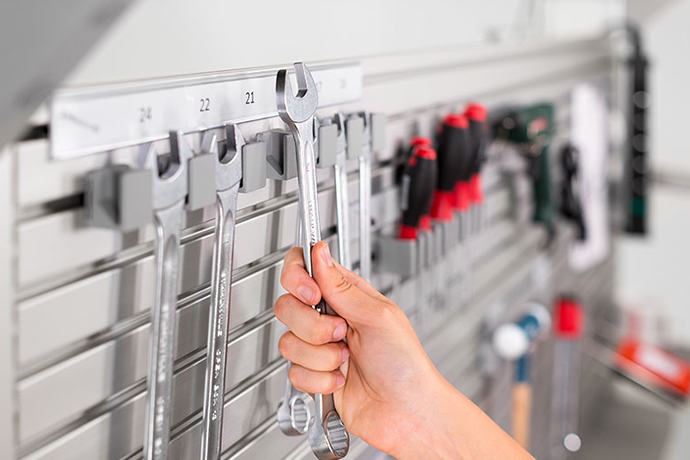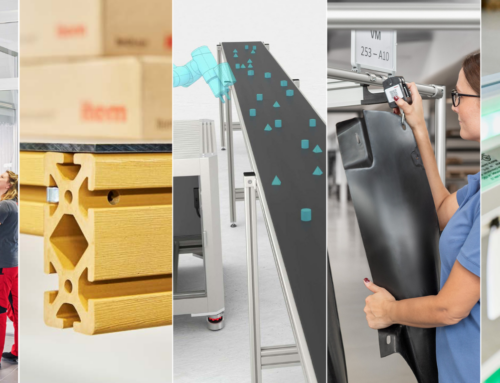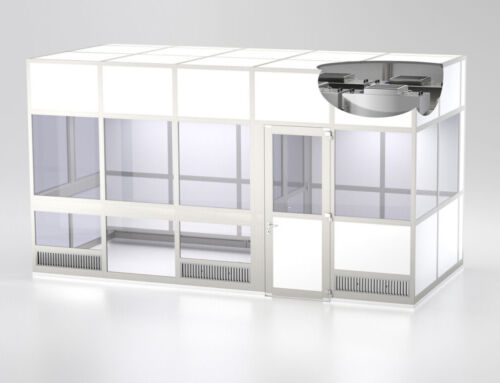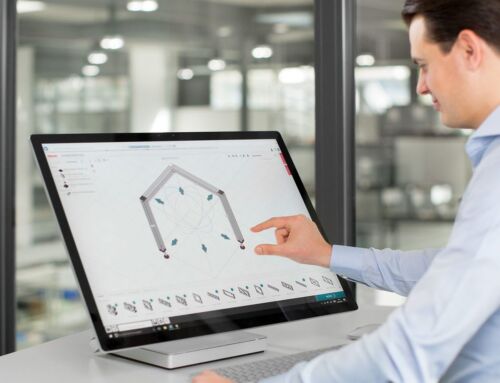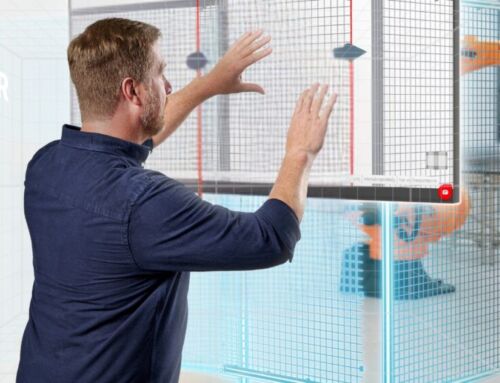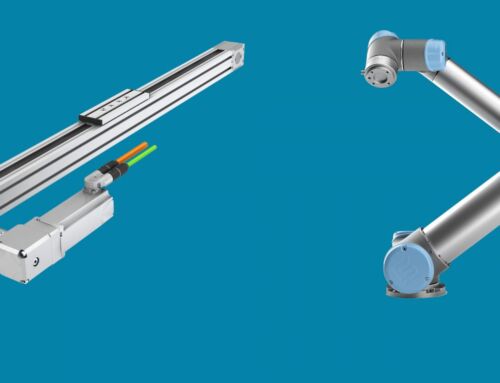Molly Harwood’s journey from dreaming of becoming an illustrator to becoming an inspiration as a creator, an innovator, and a top-notch problem solver in an extreme frontier is simply amazing.
Harwood’s career choice as an industrial designer exemplifies the limitless opportunities for women in the high-technology STEM workforce. These women represent the human capital vital to innovation and economic progress across all fields of science and engineering.
Hands-On
So how did Harwood’s career path, for lack of a better word, redesign? How does a person’s passion for illustration take the direction of becoming a designer for extreme environments?
Simply put, Harwood enjoys making things. “I became interested in industrial design after I started to make things. My school placed a real large emphasis on learning from hands-on experience,’’ Harwood explains in relation to her studies at the Rhode Island School of Design.
Harwood, who works with NASA, credits this hands-on learning experience as sparking her interest in “making things that were even more ‘extreme’ or efficient,’’ she has said. This interest led her into the choice career path of becoming an industrial designer.
Up to the Challenge
Design work in the aerospace industry spans both military and commercial aerospace projects. Industrial designers in the aerospace field work in a fast paced, creative and collaborative environment investigating and resolving design issues. This design process involves generating ideas and solutions through sessions such as brainstorming, prototyping, and sketching, where artistic inclination and mechanical skills are a plus!
As an industrial designer for extreme environments, Harwood pursues complex projects approaching them with creative insight and tapping into her strong visual and spatial perception skills. She must decipher and prioritize exactly what is needed, and then communicate a design in the context of its desirable outcome. Attention to detail and absolute precision is critical.
The challenging work at NASA captures Harwood’s interest, encouraging her to dig deep into problem-solving, to create cutting-edge solutions for unchartered and extreme conditions. Harwood says that she enjoys designing for human needs in specific, intense environments, in combination with also designing for extreme efficiency. She focuses on specifications of her component of the design process, often with limited knowledge of the final design!
This work environment places no limits on where Harwood’s skills and energy can take her.
Harwood’s work is truly “out of this world.”
item is proud to support the inclusion and empowerment of women in the field of engineering. For more news that highlight the amazing stories and contributions of women engineers, visit https://www.advancingwomenengineers.com/
